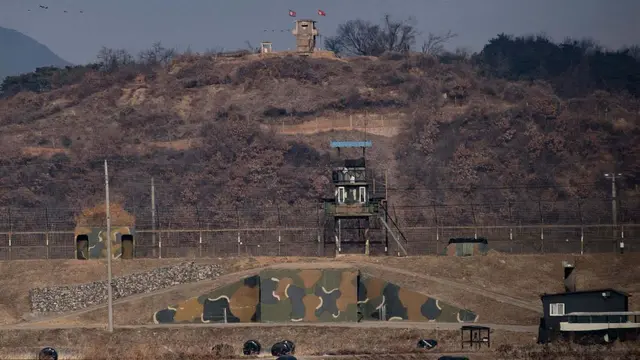Taliban fighters, whom US-led forces spent billions of dollars trying to defeat, are now openly active in 70% of Afghanistan, a BBC study has found.
Months of research across the country shows that the Taliban now control or threaten much more territory than when foreign combat troops left in 2014.
The Afghan government played down the report, saying it controls most areas.
But recent attacks claimed by Taliban and Islamic State group militants have killed scores in Kabul and elsewhere.
Afghan officials and US President Donald Trump have responded by ruling out any talks with the Taliban. Last year Mr Trump announced the US military would stay in the country indefinitely.
The BBC research also suggests that IS is more active in Afghanistan than ever before, although it remains far less powerful than the Taliban.
How much territory do the Taliban control?
The BBC study shows the Taliban are now in full control of 14 districts (that's 4% of the country) and have an active and open physical presence in a further 263 (66%), significantly higher than previous estimates of Taliban strength.
About 15 million people - half the population - are living in areas that are either controlled by the Taliban or where the Taliban are openly present and regularly mount attacks.
"When I leave home, I'm uncertain whether I will come back alive," said one man, Sardar, in Shindand, a western district that suffers weekly attacks. "Explosions, terror and the Taliban are part of our daily life."
The extent to which the Taliban have pushed beyond their traditional southern stronghold into eastern, western and northern parts of the country is clearly visible from the BBC study.
Areas that have fallen to the Taliban since 2014 include places in Helmand province like Sangin, Musa Qala and Nad-e Ali, which foreign forces fought and died to bring under government control after US-led troops had driven the Taliban from power in 2001. More than 450 British troops died in Helmand between 2001 and 2014.
In the areas defined as having an active and open Taliban presence, the militants conduct frequent attacks against Afghan government positions. These range from large organised group strikes on military bases to sporadic single attacks and ambushes against military convoys and police checkpoints.
Attacks registered during the research period happened with varying degrees of frequency - from once in three months (low Taliban presence) to twice a week (high Taliban presence).
For the purposes of the investigation, districts controlled or held by the government are defined as having sitting representation from Kabul in the form of a district chief, police chief and courts.
During the research period, the BBC study found 122 districts (just over 30% of the country) did not have an open Taliban presence. These areas are ranked as under government control, but that does not mean they were free of violence.
Kabul and other major cities, for example, suffered major attacks - launched from adjacent areas, or by sleeper cells - during the research period, as well as before and after.
(BBC)
 简体中文
简体中文

